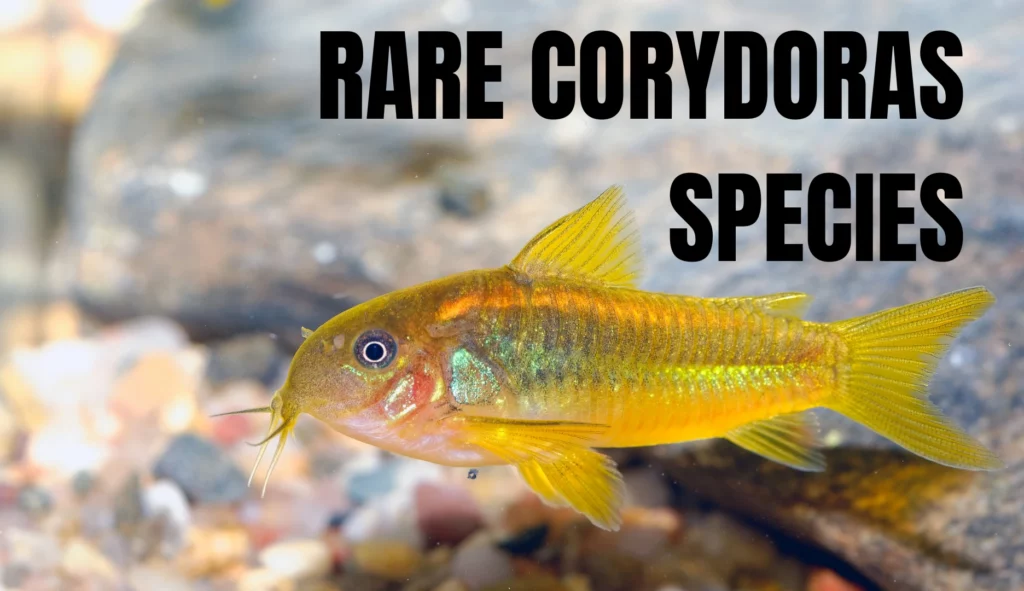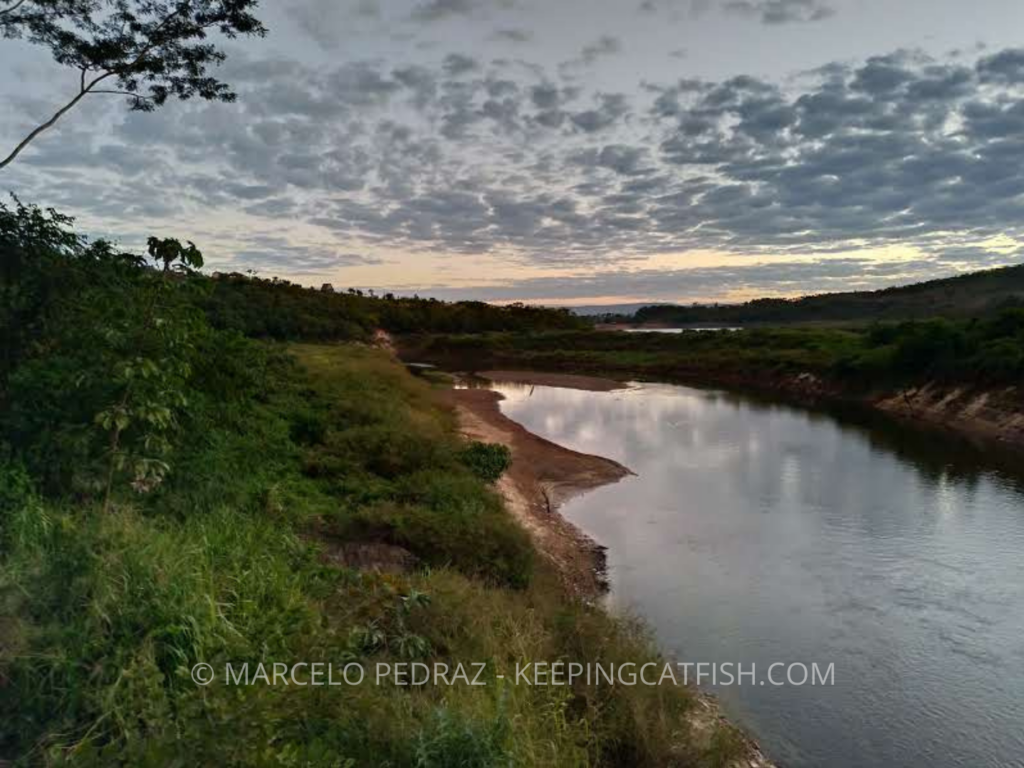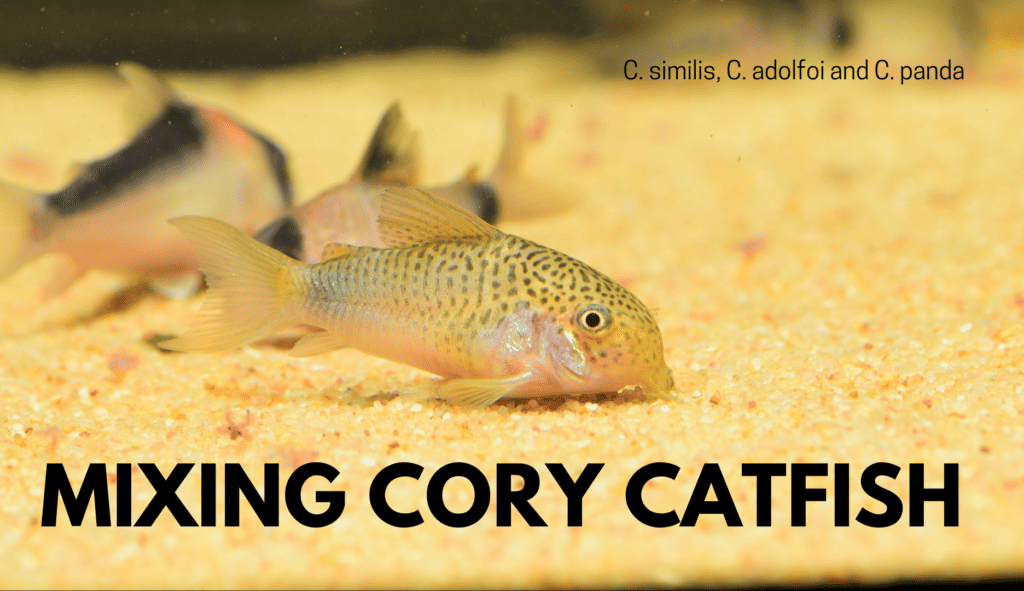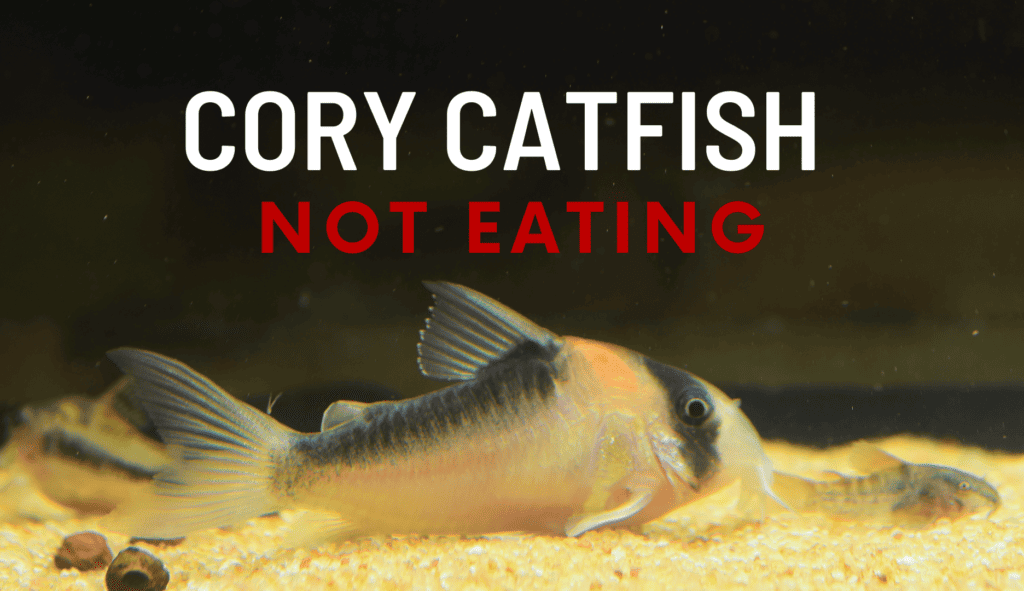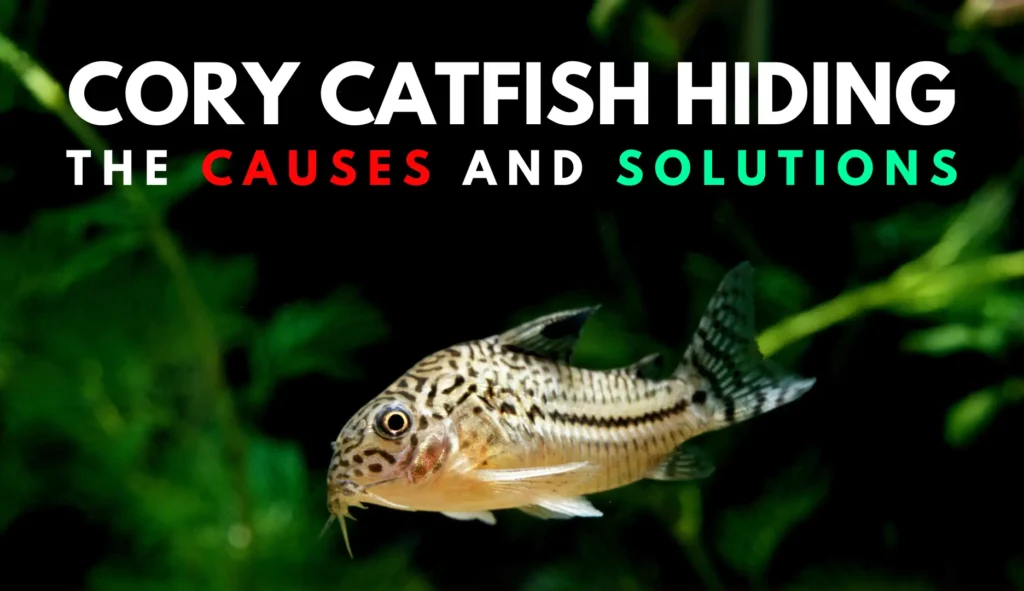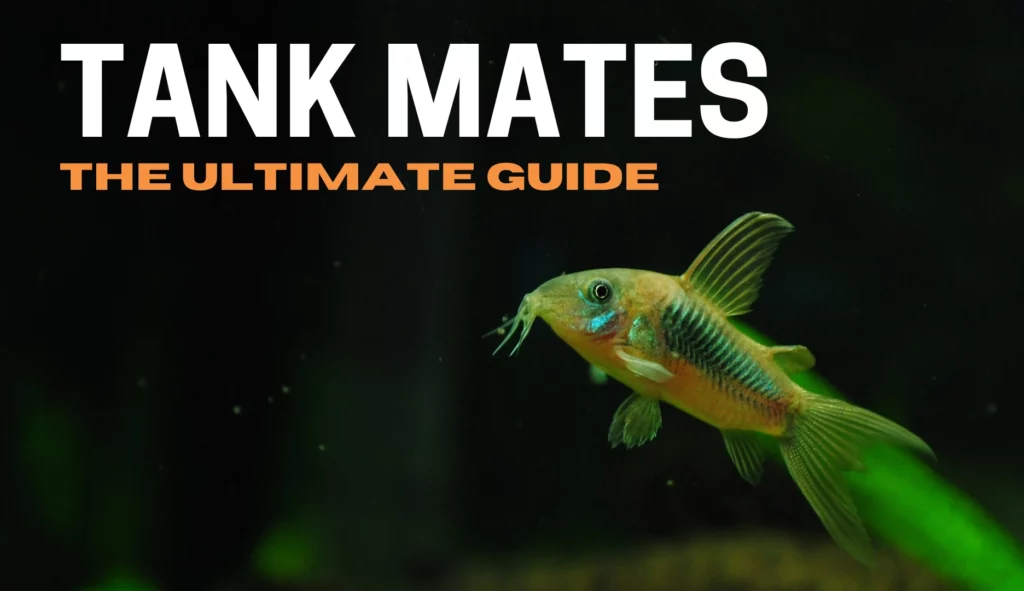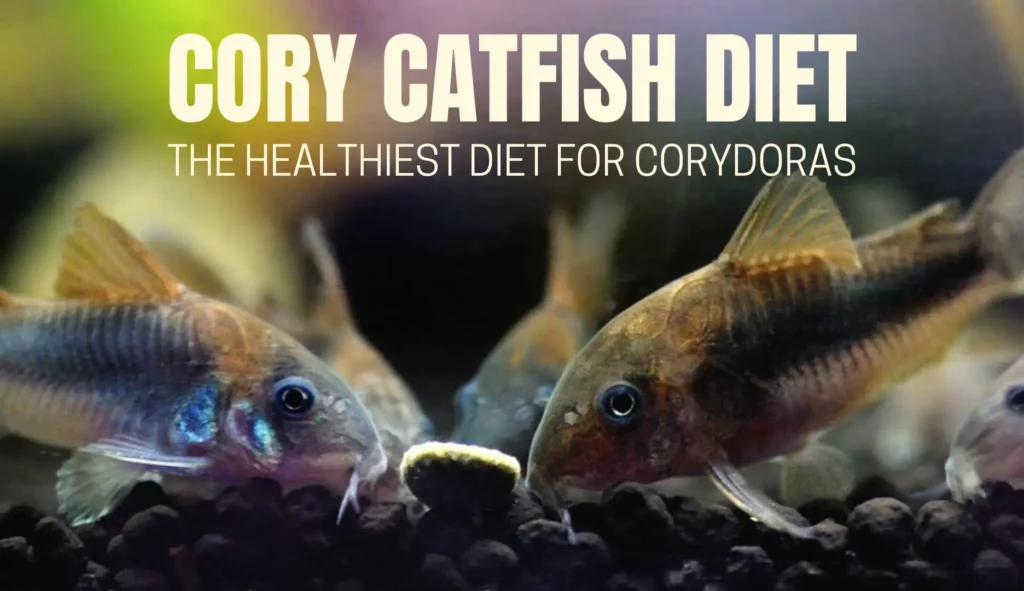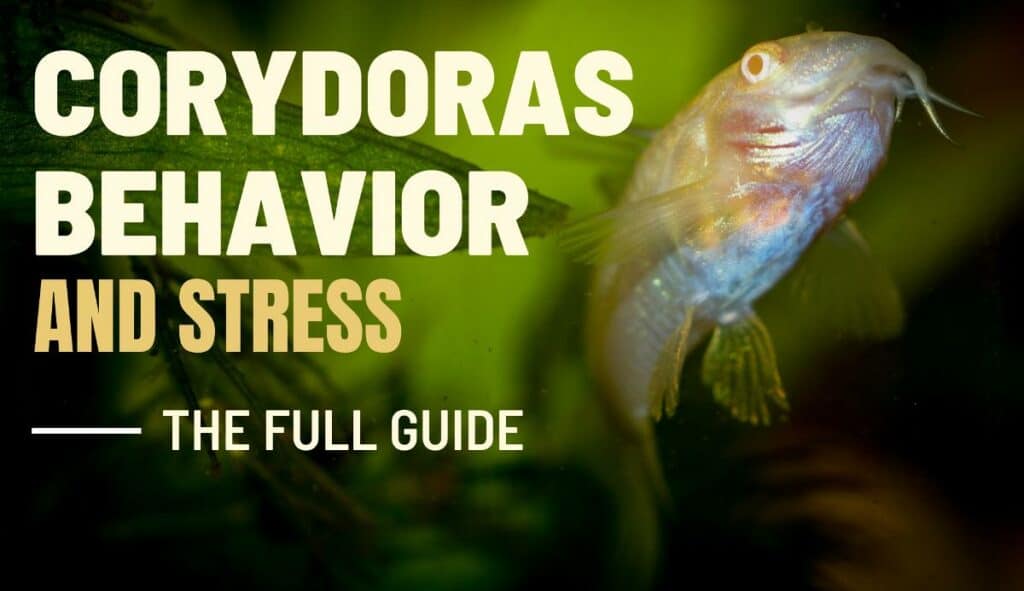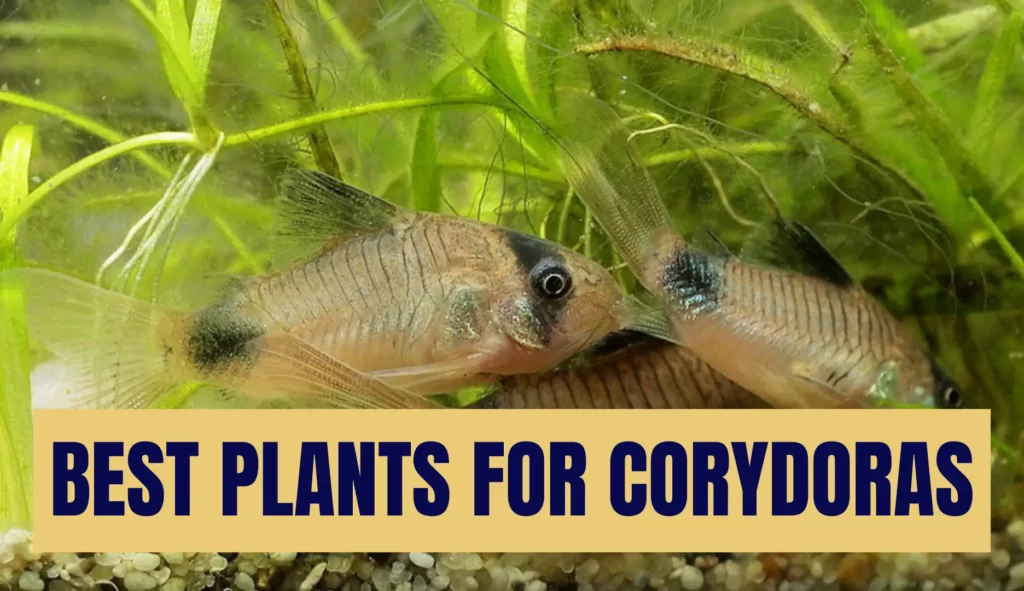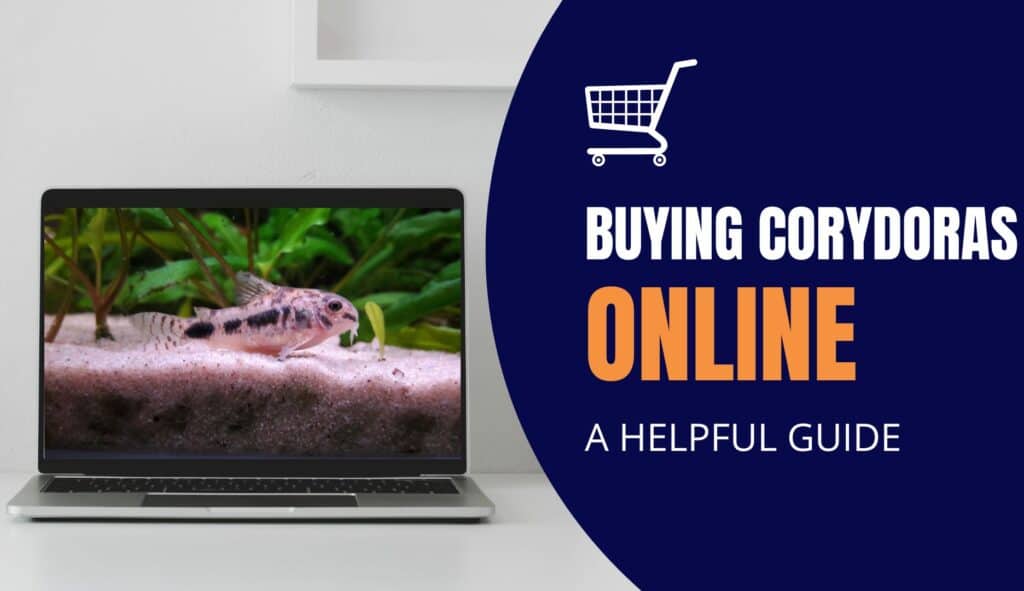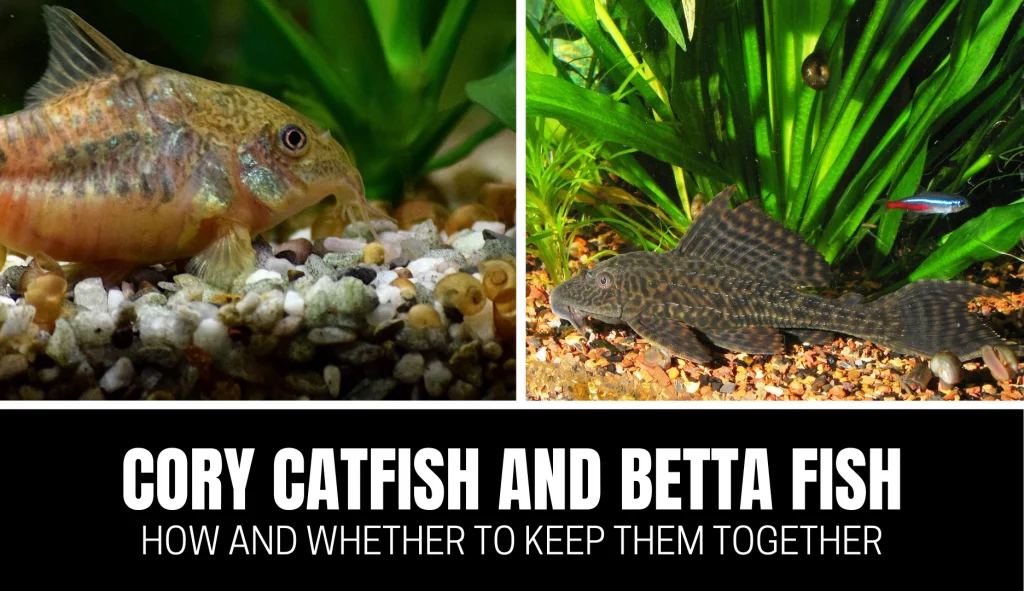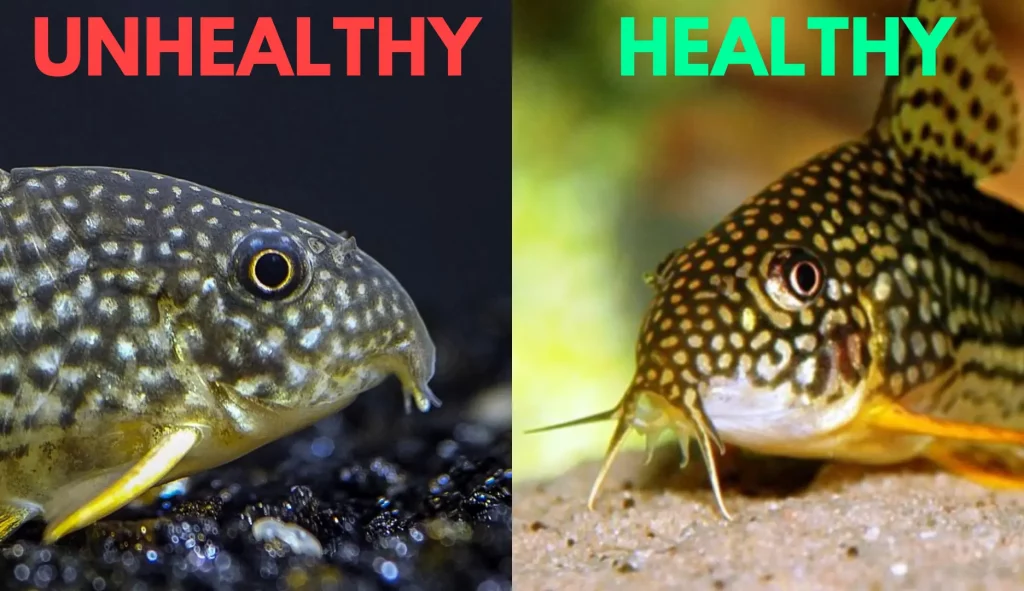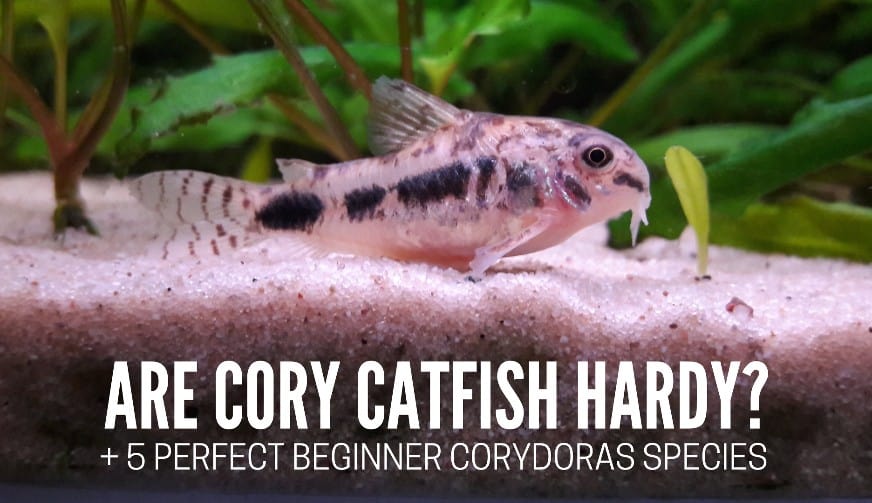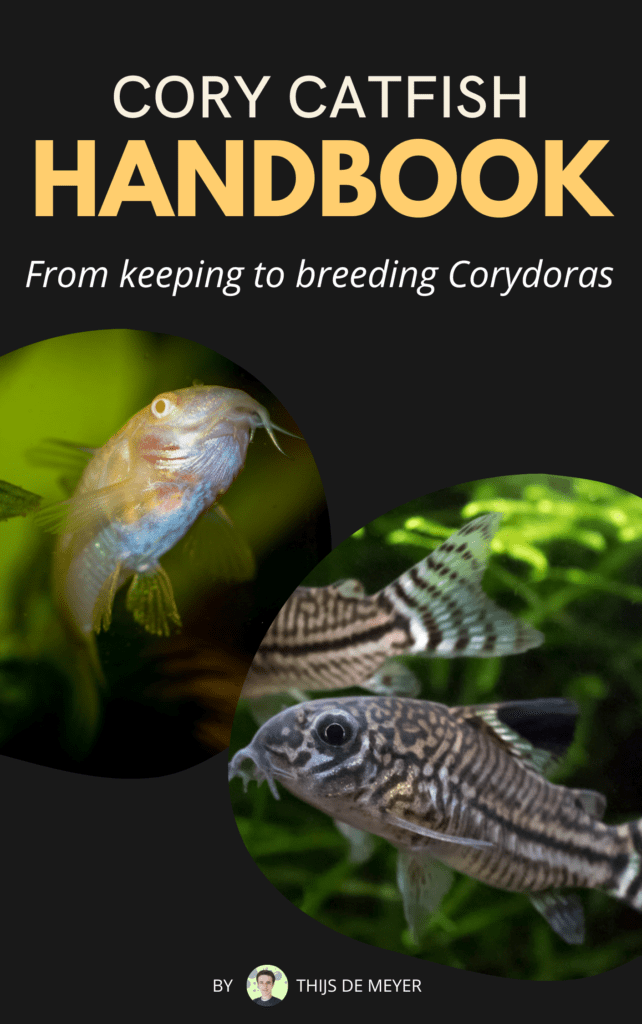If your pleco is behaving strangely or presenting some problem, know that he may suffer from some illness. Knowing the main diseases and their symptoms is essential to prevent your pleco from dying.
Pleco diseases and their causes
Just like other animals, pleco fish can suffer from diseases. Many conditions affect these catfish, from different origins. Parasites, bacteria, and fungi are among the causes of the most common diseases seen in aquarium fish.
Knowing the diseases and identifying their causes makes us prepared to take preventive measures and quickly identify what is happening to our animals.
Ich (white spot disease)
The white dot disease, also known as ich, is one of the most common diseases among all ornamental fish and especially in plecos that have experienced transport or other stress situations.
Distinguishing this disease is simple. Visible symptoms include small white dots on the fish’s skin. These points are distributed over the body and fin of the fish.
It is a disease caused by a microscopic parasite that attacks the skin of the plecos. This disease is highly contagious and, if not treated, leads to death in just a few days.
Factors such as stress and fluctuations in water quality are the main triggers for this disease. Effective treatment involves raising the water temperature to 31°C and holding it for 18 days. In case of infestation, it’s recommended to consult a specialist and proceed with medication.
Fungal infections
These fungal attacks cause visible external symptoms in the plecos. Irregularly shaped discolored patches, loss of fin or wattle pieces, and spots with a whitish mass growing can be characteristic of fungal infections.
In an aquarium, there are numerous species of fungi, malefic and beneficial. When the fish is injured, or if the environment has less than ideal water conditions, it suffers some stress, and its defense against infections will weaken, making it susceptible to attack by harmful organisms.
Wounds create openings for fungus to enter, while water with a high organic load provides an environment conducive to fungus proliferation and stressing the fish.
Controlling and maintaining good quality water at all times is an essential measure for treating the infection. In advanced cases, the use of antifungal medications may be necessary. In this case, consult a specialist and carefully follow the package insert.
Dropsy
Dropsy itself is not a disease but a condition created by an infection. It is a condition with a high fatality and transmission rate. Its most expressive symptoms are abdominal swelling and raised fish scales.
Abdominal swelling occurs due to the accumulation of fluids in the region. Dropsy is often associated with the infection of gram-negative bacteria. When we see the dropsy symptom, the bacterial infection is already advanced.
When observing a fish with hydrops, it must be immediately isolated in a hospital aquarium and treated with antibiotics, performing constant water changes until the fish shows improvement. Antibiotics should be used strictly following the recommendations.
Pop eye
Popeye, like dropsy, is a condition and not a disease. Its technical name is exophthalmia, which means “bulging eye.”
In this condition, the eyes of the fish become abnormally swollen and protrude due to abnormal fluid accumulation.
Injuries with gram-negative bacterial infections are often the cause of this condition. The treatment involves immediately isolating the affected fish in a hospital aquarium, maintaining good water quality, and administering antibacterial medications.
Main causes of diseases
Water quality
The water quality is the key factor to keep the pleco healthy. The physical-chemical parameters of the water, such as temperature, luminosity, pH, ammonia, nitrite, nitrate, etc., play a crucial role in determining the environment in which the fish live.
Fluctuations or imbalances in these parameters create a hostile environment, leading to all kinds of stress, making it conducive to the emergence of diseases.
Improving and maintaining water quality
Keeping the water quality always in perfect condition is the main effort of the aquarist and involves several fronts of attack.
In addition to the correct dimensioning of the filtering, the weekly change of part of the water in the aquarium (from 50%), using water conditioners, and cleaning the filters and decorations are primary measures to keep the levels stable.
Testing regularly using a test kit
Water testing kits are the main weapon for monitoring water quality. These kits allow aquarists to assess the levels of different parameters and substances in the aquarium, ensuring that everything is within optimum range.
Monitoring these parameters regularly helps identify potential problems before they affect the health of the plecos.
A test kit is thus a crucial investment every aquarist should be willing to make. You can check out a variety of test kits online. My favorite is this one. Click the link to go to Amazon.
Stress
Stress triggers a series of physiological responses in the body of the plecos. This creates, what we call, a breakdown of homeostasis, which is nothing more than an imbalance in the body, among several causes, changes in the immune system.
When subjected to stressful situations, levels of stress hormones such as cortisol increase. This hormone suppresses the immune system, which makes fish more susceptible to disease.
Situations that can cause stress
Any situation outside the normality of an aquarium will cause stress in the plecos. It’s essential to be aware of them to know how to recognize and minimize their adverse effects.
Transport is one of the leading sources of stress for fish, as it involves confinement, movement, and rapid environmental changes.
Sudden changes in the aquarium environment, such as in temperature or water quality also lead to stress. However, these stresses are easily reversed and, when well managed, with a period of rest and good quality water, pose less danger.
When stress comes from fights, traumas, or constant poor water quality, the problem is greater; In addition to open wounds being a gateway to infectious microorganisms, we need to find why these problems are happening and fix them one by one.
Several times they are multifaceted, and the aquarist can overlook some significant facts that will continue to generate stress.
Dealing with stress
Knowing how to minimize stress is critical for any fish keeper to maintain the health and well-being of the plecos.
Providing hiding places and territories for all aquarium inhabitants provides a safe place for fish to retreat to during times of stress.
Being aware of fights and disputes and maintaining a stable and predictable environment is essential to good aquarium management.
Avoiding sudden changes in water conditions and introducing new fish the right way after the quarantine process can help reduce the stress associated with introducing new inhabitants.
You can use a diet to reduce stress. Some foods are made specifically for this purpose and fulfill their role very well.
In addition, a balanced diet strengthens the fish’s immune system, making them more stress resistant. In addition, creating an enriching environment, and simulating the natural habitat, makes the fish feel at ease and get rid of stress.
Introducing plecos to their new tank
Newly acquired fish can be silent disease carriers, even without visible symptoms. This is because the conditions they were previously kept were less than ideal, which is an almost imperative condition in many aquarium stores.
When we insert these fish in a new environment, the stress of the change of environment can suppress the fish’s defense response, causing a disease outbreak in the aquarium.
Quarantine for plecos
Quarantine of newly acquired individuals is an essential measure to protect the overall health of the aquarium and its inhabitants and to minimize the risks associated with introducing new fish into an already established environment.
Quarantine is a period where we isolate animals before placing them in their final location. This quarantine period is for two reasons: to allow us to see that the new fish are healthy and perfectly behaved and to allow the newly bought fish to gradually acclimate to their new environment and rest from the stress of transport.
During that time, if any fish show any symptoms such as behavioral changes, spots, or other symptoms. You can treat the fish individually, while quarantine prevents this disease from spreading to fish in the main aquarium.
Quarantine duration
The duration of the quarantine can vary, but we recommend two weeks. During this time, you must monitor the fish, and if they show any problems or change, you must treat them with medicines.
Keeping the quarantine in a stress-free environment, with nutritious food and good water quality, is essential to ensure that the fish healthily go through the acclimatization process.
Prevention and treatment of diseases
In the world of aquariums, the maxim “prevention is better than cure” is a valuable tip. By understanding diseases and how they act, we can dedicate ourselves to preventive measures.
By avoiding diseases, we are reducing the stress that our animals go through and keeping our tank always stable and in perfect condition.
Creating and maintaining an environment that meets the needs of the plecos and adopting appropriate management practices are crucial steps to substantially reduce disease risks.
Maintaining a healthy environment
Maintaining an environment that is always clean and free of unwanted compounds such as phosphates and nitrogenous compounds is the best method of preventing diseases in plecos.
Organic matter such as detritus, food remains and feces must be removed periodically, performing regular partial water changes and judicious maintenance of filtration systems contribute to system stability and healthy inhabitants.
An efficient filtration system plays the crucial role of eliminating unwanted particles and toxic agents, playing a protective role in preserving the health of the plecos.
Regular observation
The constant observation of the animals emerges as a determining factor in the early identification of diseases and problems in the health of the plecos.
It is essential to take the time to observe the behavior, appearance, and feeding pattern of our fish. A tip is to make these observations during the feeding period.
Subtle behavioral changes such as loss of appetite, the appearance of unusual spots, fights, or other behavioral variations can be indicative of early-stage disease.
Identifying these symptoms early greatly increases the chances of successful treatment.
Conclusion
Illness will occur at least once in any aquarist’s lifetime. Introducing new fish to the tank is exciting, but it is essential to remember the risks that new animals can bring to our system.
Quarantine is a crucial tool to prevent disease introduction into the main aquarium and allow for a smooth transition to new inhabitants. By understanding how diseases work, we can minimize risks and deal with them quickly and effectively.
Prevention is an essential task, and the best way to do this is to maintain good hygiene practices in the tank, such as periodic water changes and cleaning of the environment and equipment.


